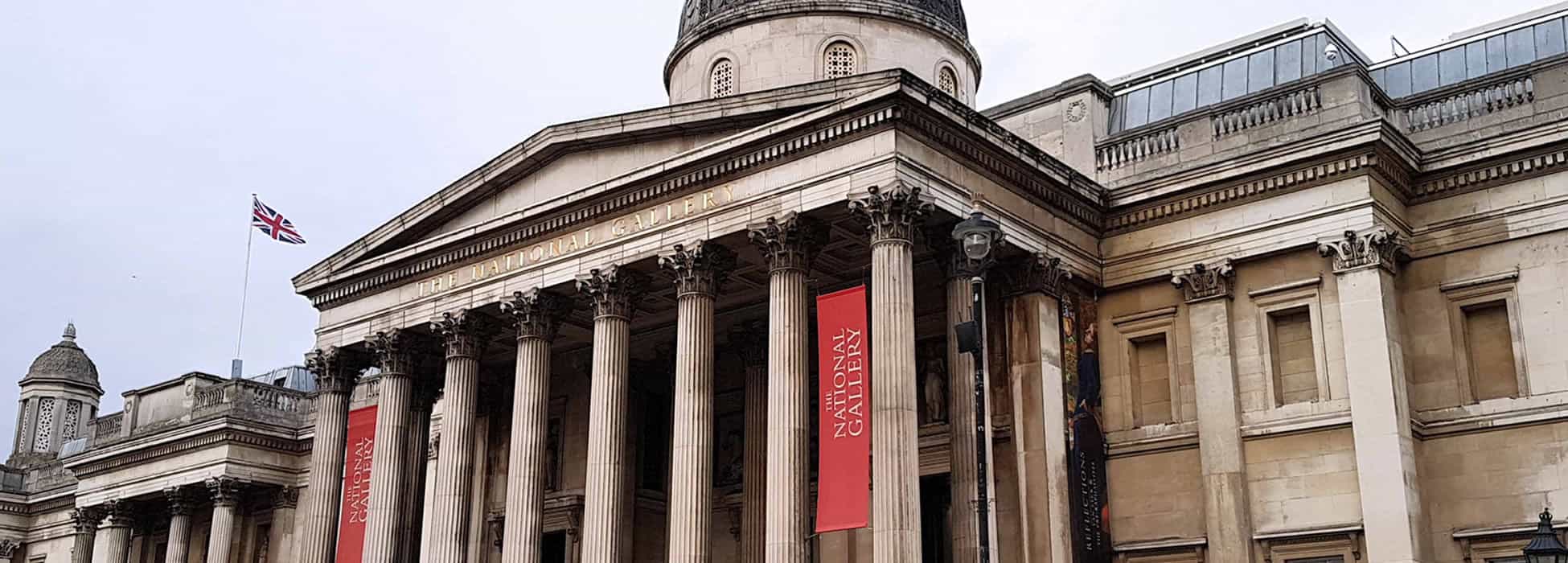LEGACY MUSEUMS
Donor Museums Your Way – A Growing Trend
Introduction
In recent years, pre-fabricated structures have gained popularity for providing faster and lower-cost solutions for housing, offices, and even prison pop-ups. All these mass-produced structures aim to provide lower-cost and faster solutions than traditional building methods. Now, it is the turn of museums. Do you think pre-fabricated museums are an alternative solution?
Over the last 20 years, there has been a dramatic increase in both corporate and individual art collecting. These huge art collections spend large parts of their lives in secure storage or on loan. Some exceptional pieces are exclusively on display for the collector’s eyes.
These individuals, with considerable art collections, would donate to a museum or art organisation. Some of these collections take generations to accumulate. For their generosity, the art collector or philanthropist would either have a gallery or, on more extensive donations, an entire wing named after them.
Nonetheless, a growing trend in the last 6–8 years for these individuals has been to build their very own museums. Donor museums offer a unique opportunity for collectors to curate their unparalleled collections with precision and such personal flair, ensuring their heritage is showcased exactly as they envision.
This approach allows them to display their collections while maintaining total control. These museums have become known as donor museums. I am working on two donor museums as I write this article. One donor museum is based in China, and another is in Abu Dhabi. These traditionally built structures take years of planning, with many diverse specialists and professionals working together to produce these remarkably unique buildings and exhibits, even before construction begins on site.
“Bring That Passion & Love you Have For Your Art Collection to Life”
The wonderful thing about creating your very own donor museum is that it can be an incredible opportunity to showcase your art or objects in the way that you want. It’s like the famous saying goes, “Your Way” from a well-known burger brand. In the past, many collectors have become disgruntled after donating their collections to an art institution, feeling they have lost any control over how and when their art objects will be displayed. The signing of contracts and agreements can only go so far and can be misinterpreted.
Traditional art institutions and organisations have established procedures and guidelines that they must follow. While these processes may have worked well for them in the past, they can sometimes be out of touch with the modern art collector and the pace of trends in the current art world. These older institutions can be slow to adapt, like a giant oil container ship, making course corrections difficult and slow, leaving them playing catch-up, which they can never do.
Building a donor museum allows you to bring your passion and love for your art collection and translate it directly into the displays and museum design. However, it’s important to note that there is one significant drawback to these custom-built donor museums: the cost and time it takes to design and build them. It’s worth taking time to examine both the conventional and prefabricated delivery methods for museum design and building to weigh up the advantages and disadvantages of each approach. Nonetheless, the opportunity to bring your art to life in a space designed specifically for you can be a once-in-a-lifetime experience.
Moreover, these donor museums often become significant cultural landmarks, contributing to the enrichment of the local and global artistic landscape while serving as enduring legacies of their benefactors’ vision and passion for the arts.
Overall, donor museums foster a sense of community and collaboration within the art world. By showcasing donated works, they celebrate the spirit of philanthropy and encourage others to contribute. These institutions serve as hubs of creativity, where scholars, artists, and art enthusiasts converge to explore, learn, and be inspired by the generosity of others. In this way, donor museums not only preserve artistic gems but also cultivate a shared sense of cultural stewardship and a lifetime of love for the arts.
Discover more on museum build design
Some questions to consider are: How long will a prefabricated building last compared to the traditional method? Will it need additional maintenance throughout the life of the building?

